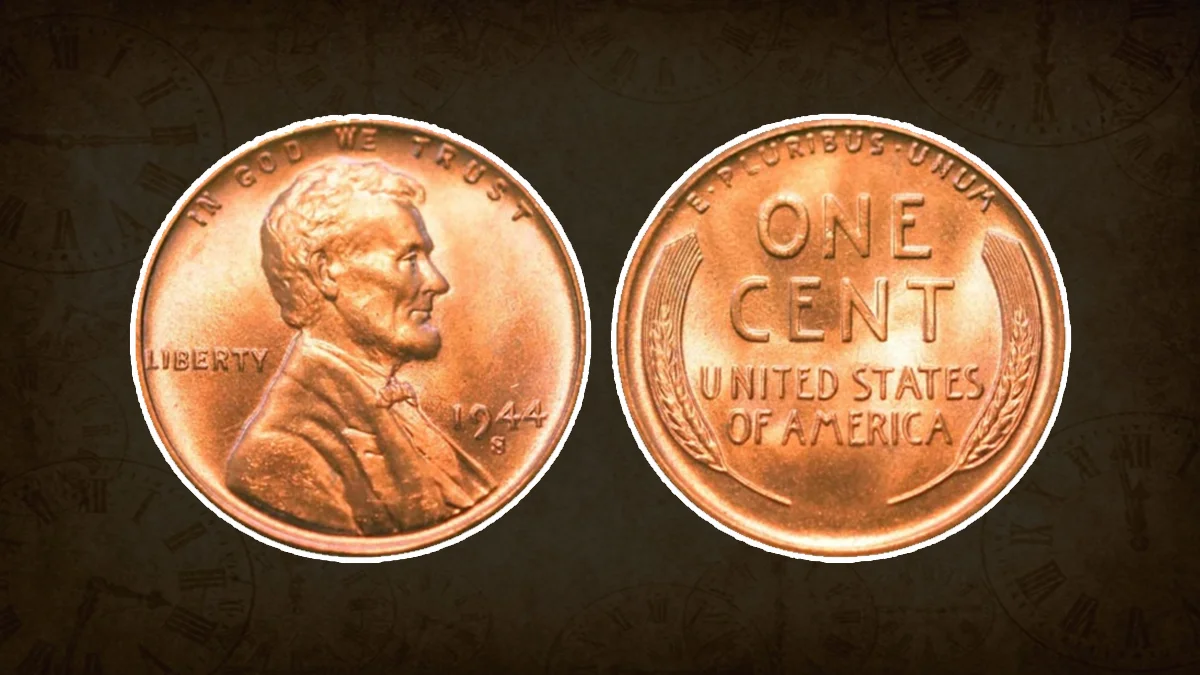
One of the most famous coins made by the U.S. Mint is the Lincoln Wheat pennies. These coins are the most collected of all American coins, along with Memorial cents. It is still feasible to find excellently maintained examples because of its large mintage.
But Lincoln Wheat penny grading may be challenging and complex. Although the most suitable course of action for valuable coins is to hire a professional expert, knowing how to grade your coins may be useful, particularly when grading lower-value coins.
Grading Standards for Lincoln Wheat Pennies
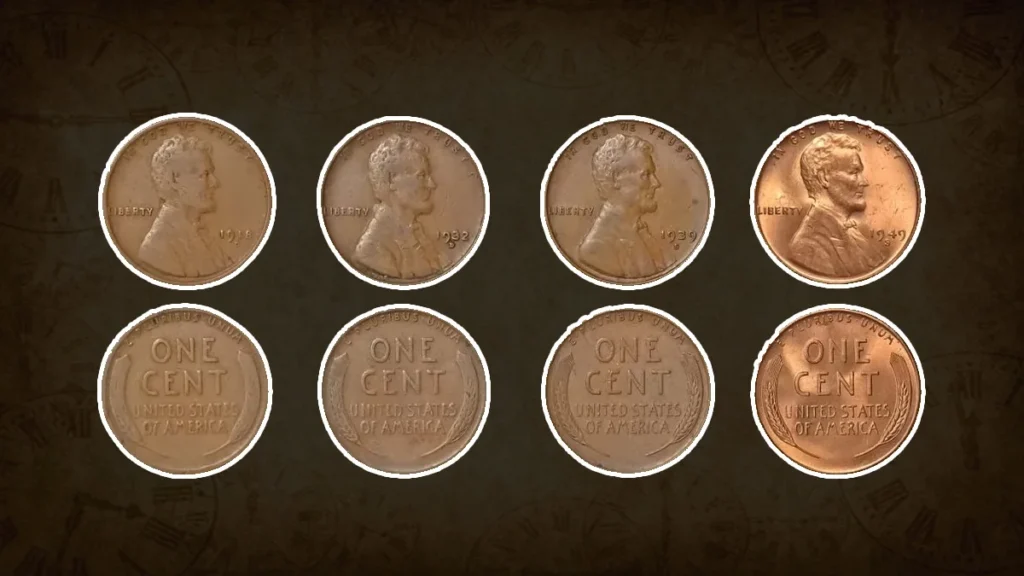
Coins that remain in circulation for a while usually show corrosion and wear. Even uncirculated coins, also known as mint-state specimens, may get “bag marks” as a result of coming into contact and friction within storage bags. Damage of any kind has a big effect on a coin’s grade.
Collectors have used many grading systems in the past. The Sheldon scale came into use as a standard in the 1970s. Dr. William Sheldon established this scale, which grades conditions from 1 (worst condition) to 70 (best condition).
Understanding Grades for Lincoln Wheat Pennies
The Lincoln Wheat penny, featuring two wheat stalks on its reverse, was first minted in 1909. The Philadelphia and San Francisco Mints produced the initial sets, followed by the Denver Mint in 1911. Despite their high mintage, many of these coins remained in circulation until 1958, when the series concluded.
Specifications:
- Composition: Copper with tin and zinc alloy
- Face Value: $0.01
- Diameter: 0.75 inches (19.05 mm)
- Weight: 0.11 ounces (3.11 g)
- Thickness: 0.06 inches (1.52 mm)
Grading Wheat pennies requires attention to several factors, such as wear, toning, and minting errors. Coins minted in Denver and San Francisco from 1911 to 1927 often had weak strikes due to worn-out dies, making grading more complex.
The toning of copper coins is another crucial aspect. Collectors typically prefer coins with “red” mint toning, though most surviving pennies exhibit brown or red-brown hues. Color codes include:
- RD: Red (most desirable)
- RB: Red-brown
- BN: Brown (least desirable)
Grading Wheat Pennies: A Step-by-Step Guide
1. About Good (AG)
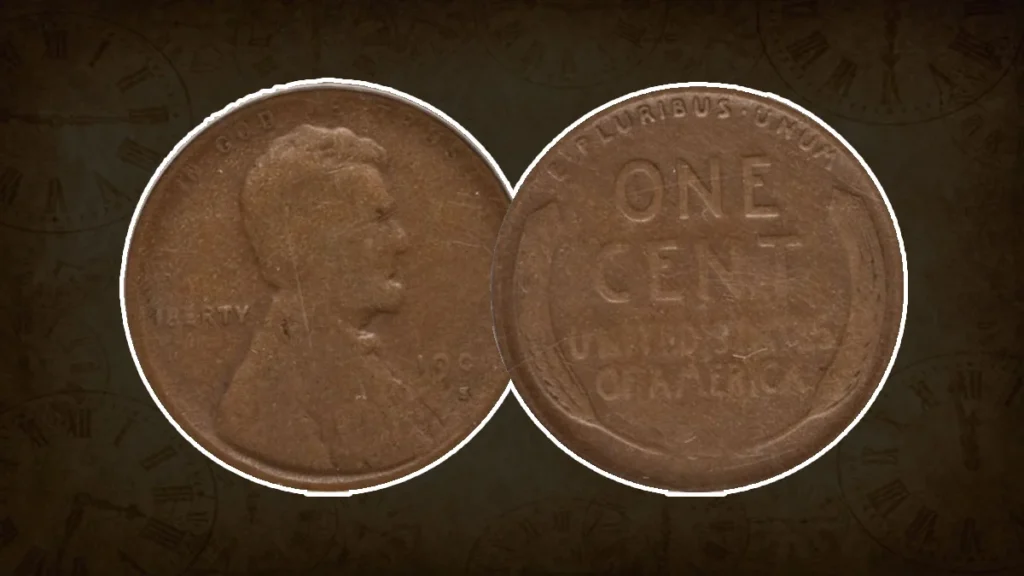
Coins graded as AG are extremely worn. The design is barely recognizable, and much of the detail is flattened.
- Obverse: Lincoln’s portrait appears flat with no discernible features. The date and inscriptions are weak and blend into the rim.
- Reverse: Most of the wheat ears are smooth, with only faint traces of grains. The lettering is legible but worn.
2. Good (G, G4, G6)
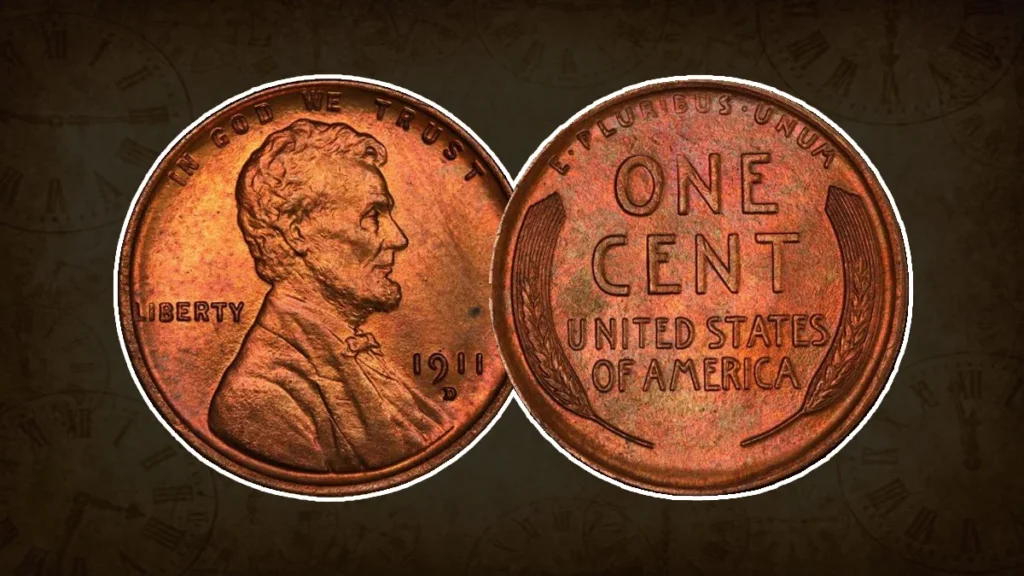
These coins show significant wear but retain some recognizable design features.
- Obverse: Lincoln’s bust is worn, but outlines of his hair and coat are visible. The date and inscriptions are legible and separated from the rim.
- Reverse: Wheat stalks are flattened with only faint grains visible. The lettering is more distinct than on AG coins.
3. Very Good (VG, VG8, VG10)
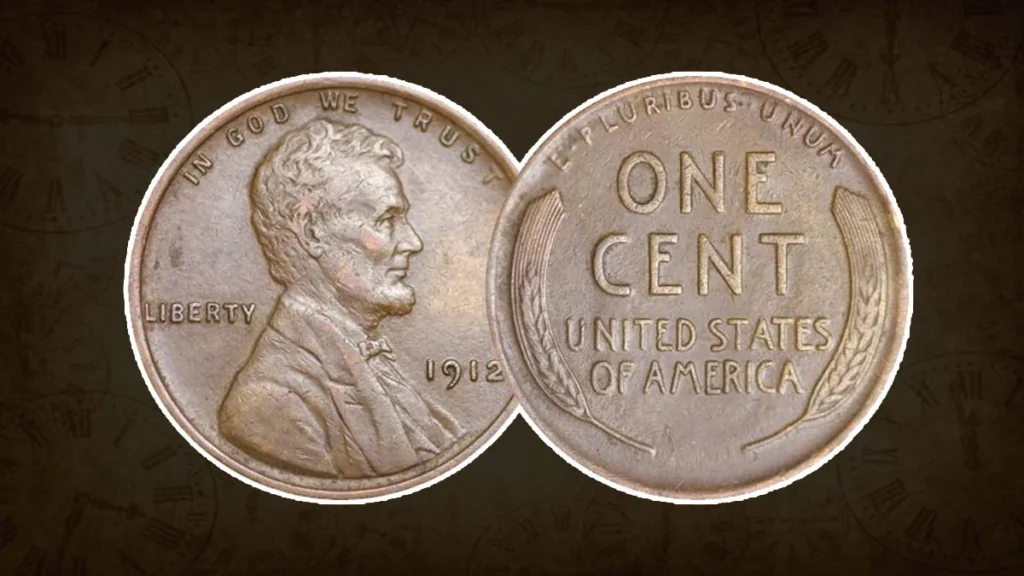
Coins in VG grades display moderate wear, but major design elements are still clear.
- Obverse: Lincoln’s portrait shows more details, including hints of his ear and bow tie. The date and inscriptions are bold.
- Reverse: Wheat grains are partially visible, and about half of the stalk lines are distinct. Lettering remains clear.
4. Fine (F, F12, F15)

These coins exhibit moderate wear, but their details are relatively well-preserved.
- Obverse: Lincoln’s hair curls and facial features are visible. The jawline and cheek are defined, though smooth.
- Reverse: Most upper lines on the wheat stalks are distinct. Flattened areas exist, but the grains are still identifiable.
5. Very Fine (VF, VF20 to VF35)
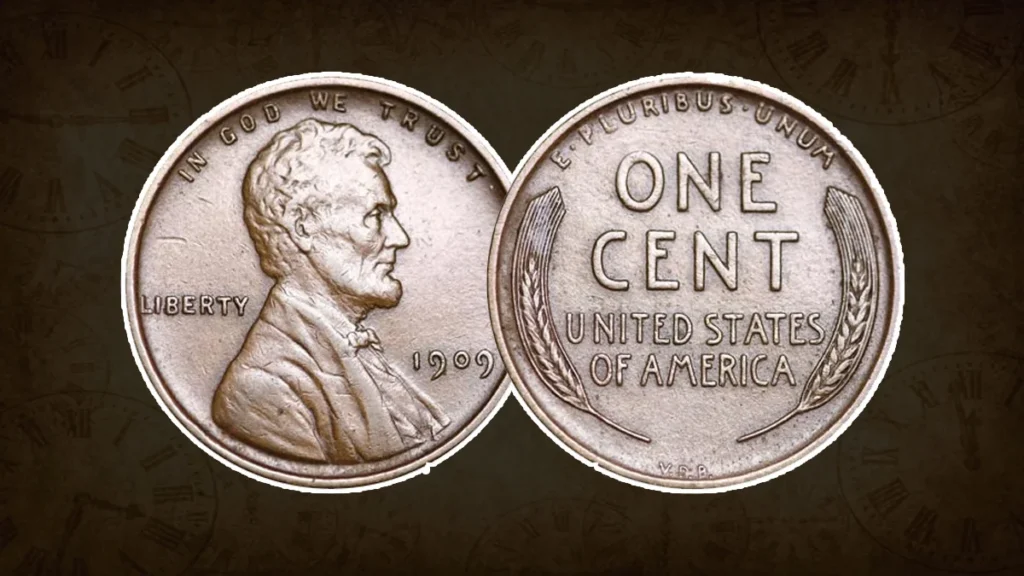
VF coins retain most design features, with slight wear only on the highest points.
- Obverse: Lincoln’s hair and facial features are detailed. The bow tie and ear are clearly visible.
- Reverse: Wheat stalks and grains are well-defined, with only slight wear on the top lines.
6. Extra Fine (EF40, EF45)
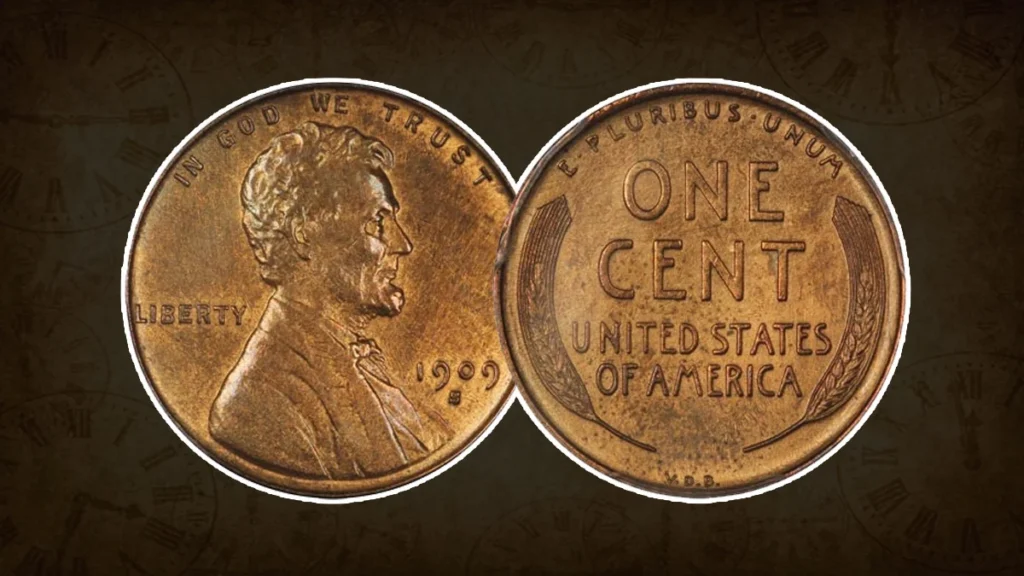
These coins display minimal wear and retain significant detail.
- Obverse: Lincoln’s hair and coat edges are well-defined, though light wear is evident on his jawline and cheek.
- Reverse: Wheat stalks and grains are sharp, with only faint traces of wear on the highest points. Mint luster may still be partially visible.
7. About Uncirculated (AU50, AU55, AU58)

AU coins show minor signs of wear, primarily on the highest points, and often retain full mint luster.
- Obverse: Lincoln’s face and hair are detailed, with only slight wear on the cheek and jaw.
- Reverse: Wheat ears are fully defined, with sharp grains and lines. No significant flatness is present.
8. Mint State (MS60 to MS70)
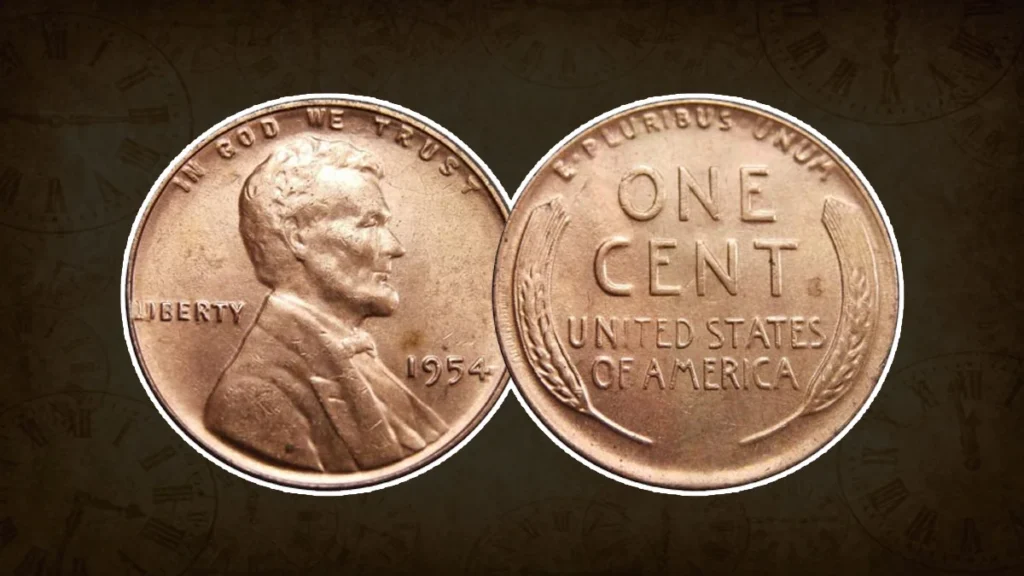
These are uncirculated coins in pristine condition, with no wear. Mint State grades are highly desirable among collectors.
- Obverse: Lincoln’s portrait is sharp, with complete details and no signs of wear.
- Reverse: Wheat stalks and grains are flawless, and the coin has full mint luster. Contact marks may appear but do not detract significantly from the overall grade.
Related Post –
- How to Grade Jefferson Nickel?
- How to Grade Mercury Dimes?
- How to Grade Barber Quarter?
- How to Grade Buffalo Nickel?
Bottom Line:
Grading Lincoln Wheat pennies is not an exact science, as opinions among collectors can vary. While grading standards provide valuable guidelines, professional appraisal is recommended for rare and high-value coins. Understanding the Sheldon scale and recognizing key grading characteristics can help collectors evaluate their coins more effectively.
